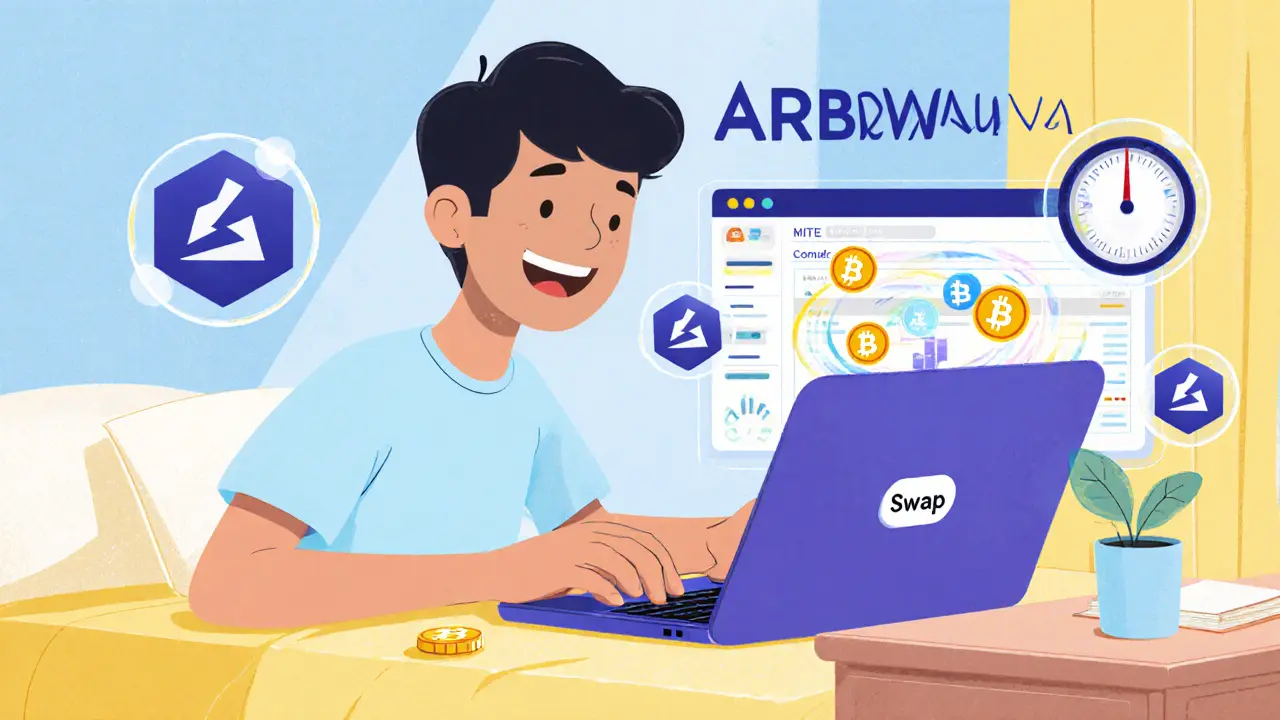In-depth review of Uniswap v2 on Arbitrum covering fees, liquidity, security, how to trade, and a v2 vs v3 comparison for 2025.
Layer 2 Scaling Solutions Explained
When working with Layer 2, secondary protocols that sit on top of a base blockchain to boost transaction speed and lower costs. Also known as L2 scaling solutions, it extends the original network’s capacity without changing its core security model. A popular example is Rollup, a method that bundles many transactions into a single proof posted to the main chain, while State Channel, creates an off‑chain ledger for participants to trade instantly before settling the final state on‑chain. Together, these tools layer 2 provides the speed that users demand and the fee reduction that developers need.
Why Layer 2 Matters for Today’s Blockchain Users
Most public blockchains suffer from congestion because each transaction competes for limited block space. Ethereum, the largest smart‑contract platform, often sees gas prices spike during busy periods. By moving activity off‑chain or compressing it into fewer proofs, Layer 2 reduces the number of writes to the main chain. This relationship can be phrased as a semantic triple: "Layer 2 reduces on‑chain load" and "Layer 2 enables cheaper user experiences". The result is smoother DeFi swaps, NFT mints, and gaming actions that would otherwise be too pricey.
Rollups come in two flavors—optimistic and zero‑knowledge. Optimistic rollups assume transactions are valid and only check them when challenged, which keeps costs low but introduces a waiting period for withdrawals. Zero‑knowledge rollups generate cryptographic proofs for every batch, delivering instant finality at the expense of higher computational demand. Both variants share the attribute of "single proof to main chain" and the value of "substantial gas savings". This makes rollups a go‑to solution for high‑throughput apps without sacrificing security.
State channels, on the other hand, excel when a small group of participants interact frequently. By locking a few tokens on the main chain and then exchanging signed messages off‑chain, users enjoy near‑instant settlement and zero gas per trade. The channel only touches the base chain twice: when opening and closing. This attribute—"minimal on‑chain interaction"—delivers the value of "real‑time transaction speed" and is ideal for gaming or micropayments where latency matters.
Another Layer 2 concept gaining traction is Plasma, which creates a hierarchy of child chains that periodically commit summaries to the root chain. Plasma’s attribute of "hierarchical security" means each child chain inherits the safety of the main chain while processing many transactions independently. The value is "scalable throughput without full data load"—perfect for large‑scale marketplaces that need to handle thousands of orders per second.
All these solutions share a common goal: to make blockchain use practical for everyday applications. The central entity, Layer 2, therefore requires developers to understand the trade‑offs between speed, security, and complexity. For instance, a DeFi protocol might choose an optimistic rollup for its lower fees, while a game could pick state channels for instant moves. This decision‑making process forms another semantic triple: "Application type influences Layer 2 choice".
From a user perspective, adopting Layer 2 means less waiting and fewer fees. Wallets now often display a “Switch to L2” button, and popular exchanges list L2 bridges for easy deposits. This ecosystem growth signals that Layer 2 is not just a niche experiment but a mainstream feature shaping the next wave of blockchain adoption.
Below you’ll find a hand‑picked collection of articles that dive deeper into specific Layer 2 topics—security considerations for rollups, step‑by‑step guides for opening state channels, and analysis of the latest Ethereum L2 upgrades. Whether you’re a developer looking to integrate a scaling solution or a trader hunting lower fees, these resources will give you the practical insights you need to navigate the fast‑moving world of Layer 2.





